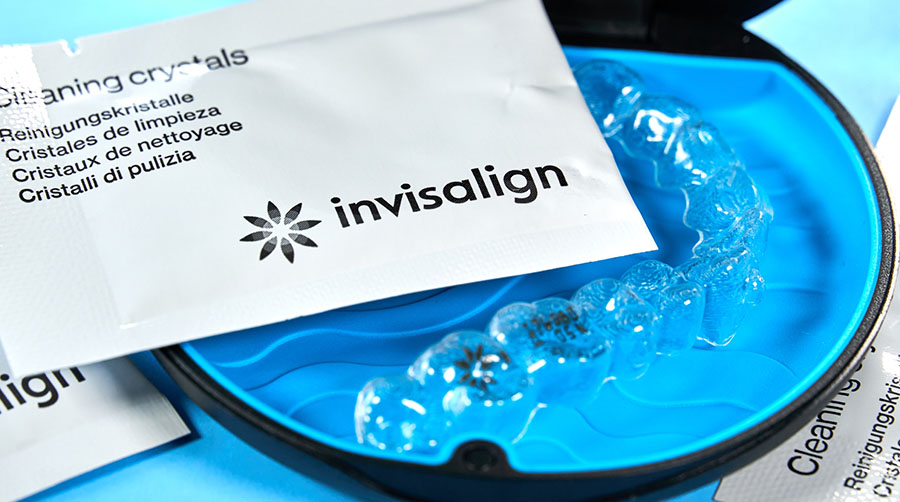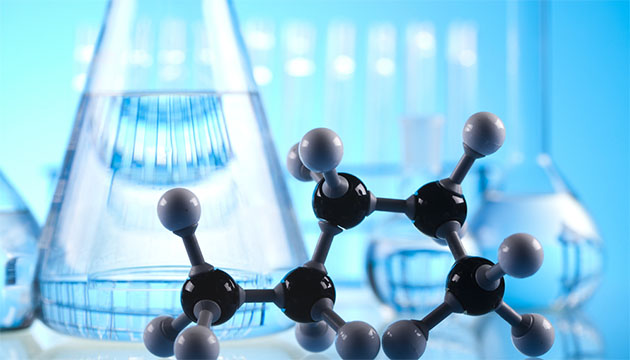Hybrid vehicles' success isn't because the car gets super gas mileage; in fact, its mileage doesn't exceed that of a conventional clean diesel engine by much. Also, it has many fancy and expensive parts that mark up the price of the vehicle a good $10,000 more than an average straight gasoline engine in its class.
So why are they so popular? It is because more and more people are looking to do the right thing and make a difference when it comes to the environment, even if it costs a little more up front.
Even though these hybrid vehicles are a little primitive in their ability to deliver amazing fuel economy, they are a good start and are improving leaps and bounds every time a new one comes out.
The following components contain these respective Rare Earths:
- Electric motor: neodymium and praseodymium; and, to a lesser extent, terbium and dysprosium
- Batteries: lanthanum; and, to a lesser extent, cerium, praseodymium and neodymium
- Regenerative breaking system: neodymium and praseodymium, and to a lesser extent, terbium and dysprosium.
The next question is why does a hybrid car cost so much more than a regular car? The big price difference is in the added technology, which contains light and heavy rare earth elements that aren't exactly cheap.
Neodymium = 5.1/kg or $11.2/lb
Praseodymium = 5/kg or $11/lb
Dysprosium. = 40.3/kg or $84.6/lb
Terbium = 136.6/kg or $320/lb
Lanthanum = 2/kg or $4.4/lb
Cerium = 1.2/kg or $2.70/lb
As we know it, the batteries are about 80% of the rare earth consumption of a hybrid. The main component of the battery, lanthanum, only costs $2/kg or about $4.4/lb. The lesser components cost $11.2/lb for neodymium and $2.4/lb for cerium. This means the battery carries about 30 pounds if lanthanum costs $125, and the rest of the battery costs about $65. So the battery alone has $200 worth of rare earths.
There's probably another 10 pounds of terbium and dysprosium, which cost $320/lb and $85/lb, respectively. This should add up to about $1,500 worth of metals for a total of $1,700 per vehicle. Where does the rest of the price premium come from? We can probably chalk that up to intellectual rights, as well as a premium to accelerate the cost-recuperation process.
One thing to consider is that, as economies of scale become more efficient, the cost of building these parts will go down. That being said, I'm not sure consumers will notice the difference when signing the paperwork for the purchase of their new vehicle. The price of rare earths is most likely to continue to increase as the demand for hybrids balloons in size. As it stands now, there are about 250,000 hybrid cars on the road. This, when transposed into demand for rare earths, represents about 6.5% of the rare earth market.
In the coming years, the number or hybrid vehicles on the road should increase twelvefold to 3 million vehicles or more, just over 20% of the total market for vehicles. What this will do to the rare earth market is quite remarkable. If you assume a constant rate of growth for all other applications for rare earths, the demand will double and the percentage of demand dedicated to the automotive industry will go from 6.5% to around 50%. This is a staggering rate of growth and is occurring in a market that is basically a necessity for most people—a car.
As I mentioned earlier, these hybrids, with which the Toyota Prius is synonymous, still have a long way to go before they become truly efficient vehicles. The EPA highway rating for a Prius is only about 45 mpg (miles per gallon), whereas a 2009 VW Jetta TDI, gets around 50. I have read many accounts of people habitually get 58+ mpg. Granted, city driving the hybrid is still better. The point is that many improvements are still to be made. For example, because it is a hybrid Diesel, the VW polo that Europeans enjoy gets a whopping 90 mpg - 100 mpg. A combination of efficient technology with the most efficient fuel should be the wave of the future.
One of the technological breakthroughs still to come with respect to the automotive industry is in the batteries. The nickel batteries are a bit of a handicap when you consider that the entire electronics industry went to lithium, because lithium holds a charge for several times longer than nickel batteries.
Vanadium is in that same category when it comes to the ability to hold a charge for a long time but isn't nearly as commercially used. The shift from nickel to lithium and/or vanadium, a change that will be coming down the road for the auto industry, should improve the efficiency of these vehicles by a good stretch.
Of course everyone wants to know how to profit from this boom. I was a speaker at a show recently and was asked a surprising number of questions about battery companies. These companies stand to make money as the price of the batteries will be marked up by some margin. The problem, however, is that consumers are only willing to pay so much. When the price of the inputs reaches a certain level, the end-product producers will maintain the price in order to sell product, thus lowering their margins. That is my issue with end users, such as battery makers and car companies.
The beneficiaries of this kind or boom will be the producers (mining companies). Given that China controls 90% to 95% of the rare earth market, and wants to internalize its production by restricting exports to the rest of the world, the price is set to increase for the category of metal making exploring; and mining these deposits becomes very attractive.
If we look at a world-class deposit like Avalon Rare Elements Inc’s (TSX:AVL) Thor Lake, which has incredible heavy rare earth concentrations and tremendous size to the project, this company should become what Barrick Gold Corporation (NYSE:ABX) is to gold or what Microsoft (MSFT) is to computers. So at $1.80/share and a market cap of about $150 million, it looks fairly undervalued. There are other fantastic advanced projects, such as Rare Element Resources Ltd. (TSX.V:RES).
There are a rising number of exploration companies, such as Galahad Metals Inc. (TSX.V:GAX) and Matamec Exploration Inc. (TSX.V:MAT), which have some very encouraging initial results of both light and heavy rare earths—and there will be many more coming up as we get to a mania stage of the rare earth market. This mania phase is probably still 6 to12 months out, but it is good to be well positioned for it well in advance.
The lithium market isn't fundamentally as strong as the rare earth market, but neither was the coal market when the price of coal went from $40 to about $150. There is a large amount of Lithium in the ground; the issue is bringing it to market (i.e., mining it fast enough). That will also create a mania in this market, probably not to the extent of the rare earth market, but nonetheless impressive.
Western Lithium Corporation (TSX.V:WLC) Nevada Kings Valley project is truly impressive and has a strong possibility of becoming a significant source of lithium. The historical numbers show 11 million tons of lithium carbonate equivalent.
Channel Resources Ltd. (TSX.V:CHU) has an interesting brine type deposit with a historical 2.7 million ton lithium carbonate equivalent deposit. Like these, there are others. A vanadium project of note is Apella Resources Inc’s (TSX.V:APA) Iron-T Vanadium-Iron-Titanium project, which is significant in size and grade.
If you are looking for the next mania in any market, it will be the green sector. And it will be kicked off by the auto industry's use of metals like rare earths, lithium and vanadium—and it is coming sooner than you might think.
DISCLOSURE, Victor Gonsalves:
I personally and/or my family own the following companies mentioned in this article. AVL, CHU, WLC, APA, and RES
In addition, The Goncalves Green Group has accepted advertising from AVL, GAX, WLC, and CHU
Victor Goncalves is the editor of the Equities and Economics Report . With training in economics, his expertise is in seeing the true economic trend. This is evident as Victor was one of the first to identify and track the performance of the nanotechnology industry with one of the first nanotech indices. He was also the only person calling top on uranium in the summer of 2007.
Similarly, his market model has helped him be accurate on the direction of the market nearly 100% of the time. Victor has spoken at many difference conferences and radio shows. He has written commentaries for publications, such as the Resource World and The Canadian Institute of Mining, the Toronto Star, Barron’s Magazine, as well as Kitco.com.
Want to read more exclusive Energy Report interviews like this? Sign up for our free e-newsletter, and you'll learn when new articles have been published. To see a list of recent interviews with industry analysts and commentators, visit our Expert Insights page.



























































